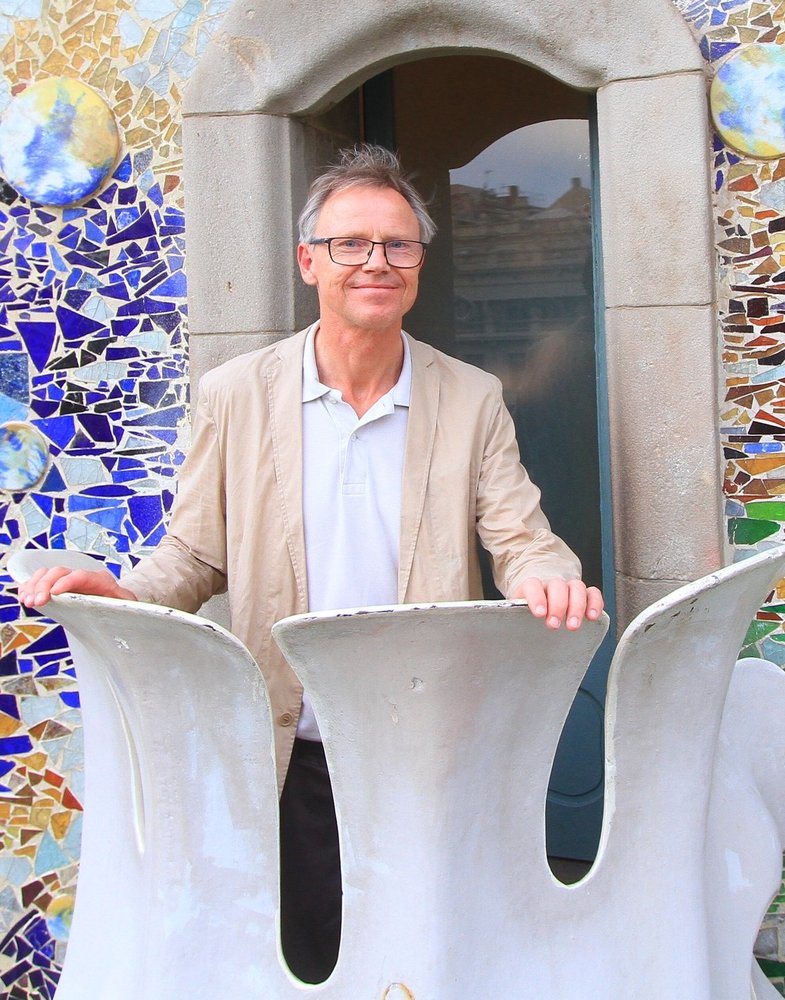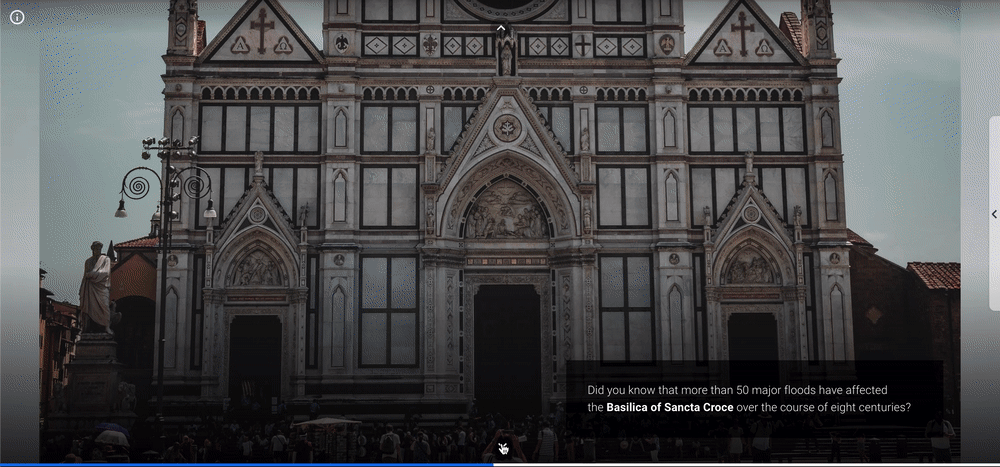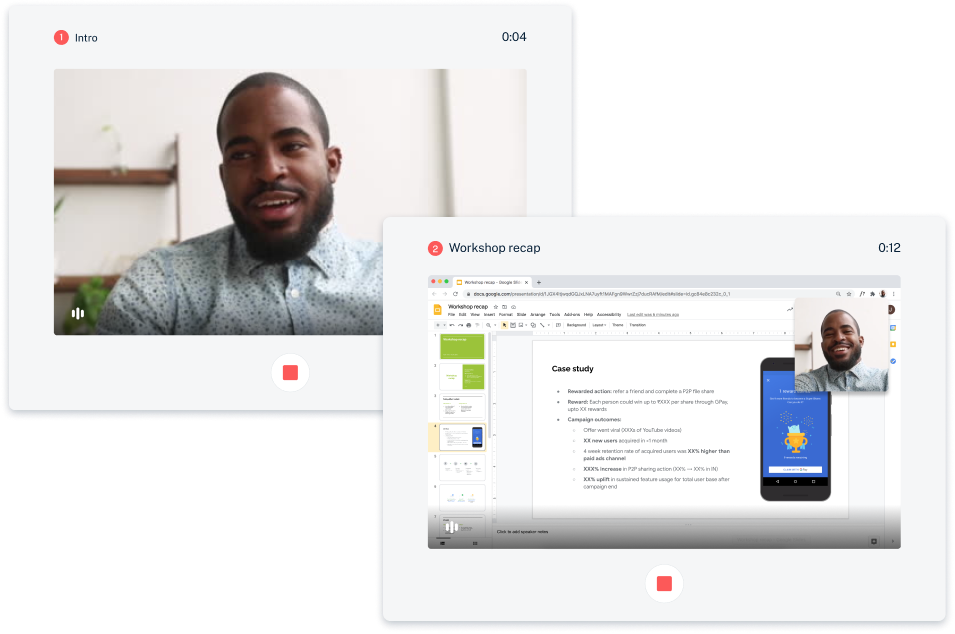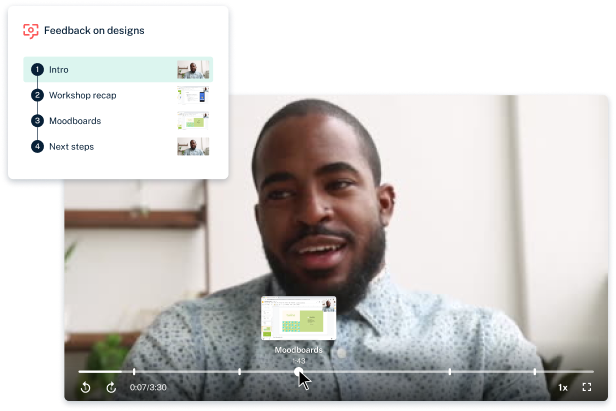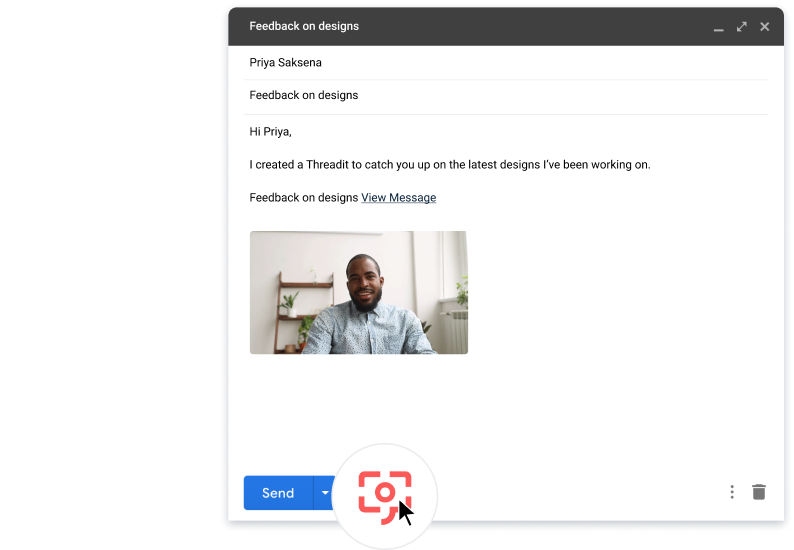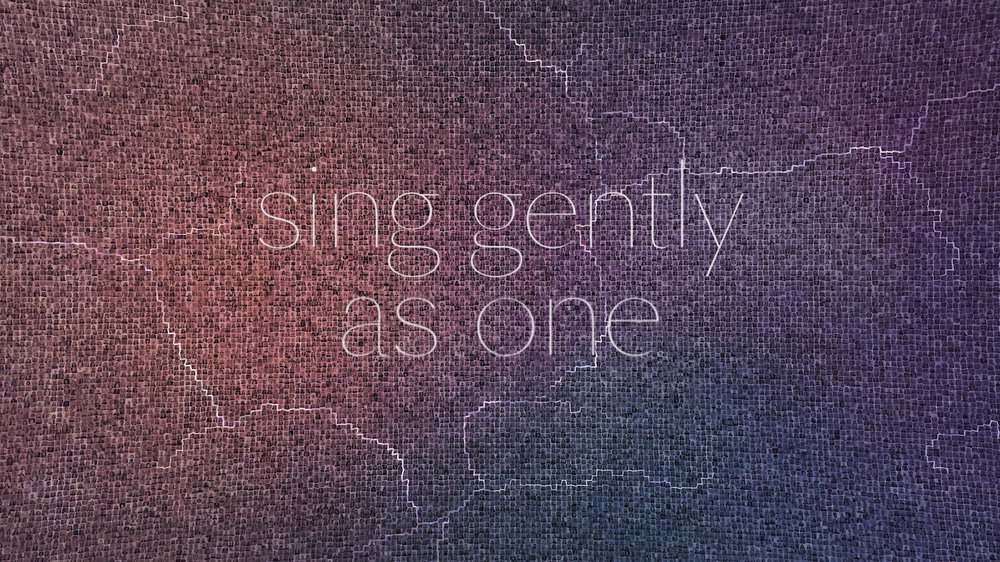From Kenya to Lebanon, innovation lies at the heart of the many news organizations across the Middle East, Turkey and Africa where we are today inviting applications for the Innovation Challenges program.
As part of our ongoing commitment to support the news industry around the world, we are launching our third Google News Initiative Innovation Challenge in the region. Funding up to $150,000 is available via this open call for any digital innovative project and all news providers are eligible, regardless of size.
The program has been running in the region since 2019 and the first two rounds saw 43 projects selected from 18 countries. Those recipients answered a call for projects which would increase reader engagement and/or explore new business models. The ideas ranged from novel membership strategies to Arabic language search tools.
Successful past recipients include those featured in the videos on this blogpost as well as:
- Eco-Nai+ from Ripples in Nigeria is the first digital geojournalism platform for the country. Geojournalism is a form of data journalism which takes information from users, authoritative sources such as Google Earth, meteorological agencies and others, to cover issues tied to the question of climate change.
- Diaspora par TelQuel from TelQuel Digital in Morocco is a diaspora subscription platform for Morrocans of the world, publishing original content, practical guides, and history articles for audiences viewing abroad: mainly France (35%), Canada (9%) and Belgium (8%).
- My Town, My News from ynet in Israel is a newsroom tool which helps journalists create multiple hyperlocal stories individualized to specific locations across the country to provide statistical information such as COVID-19 rates or vaccination figures.
You can find out more about all the previous recipients on the website.
How to apply
Applications are open from now until Tuesday, April 5 2022. Established publishers, online-only players, news startups, publisher consortia, freelancers, press agencies, broadcasters and local industry associations are all eligible to apply.
Projects will be evaluated against five criteria: innovation, impact on news ecosystem, diversity, equity and inclusion; inspiration; and feasibility. The range of projects could be varied — we are intentionally not being prescriptive and instead welcome your boldest ideas. This could be anything from using Artificial Intelligence in the newsroom to diversifying your business model or figuring out ways to increase audience engagement or even reach new audiences. Whatever it is, we want to hear your sharpest solutions to the challenges faced on the ground.
The selected projects will be eligible to receive up to $150,000, not to exceed 70% of the total project cost. Please note that Google does not take any equity or intellectual property rights in any projects or submissions.
Applications must be made online via our website and are open until Tuesday, April 5 2022 at 23:59 GMT. As part of the application process, applicants are required to produce an explanatory slidedeck (please note the link opens a page to make your own copy to work in). We will also be holding an online town hall on Tuesday, March 8 at 10am GMT with a live presentation and the opportunity to ask questions.
We are looking forward to seeing fresh ideas come out of the Middle East, Turkey and Africa, a region rich with talent, potential and opportunity. For more information about the challenge, visit g.co/newsinnovation.


